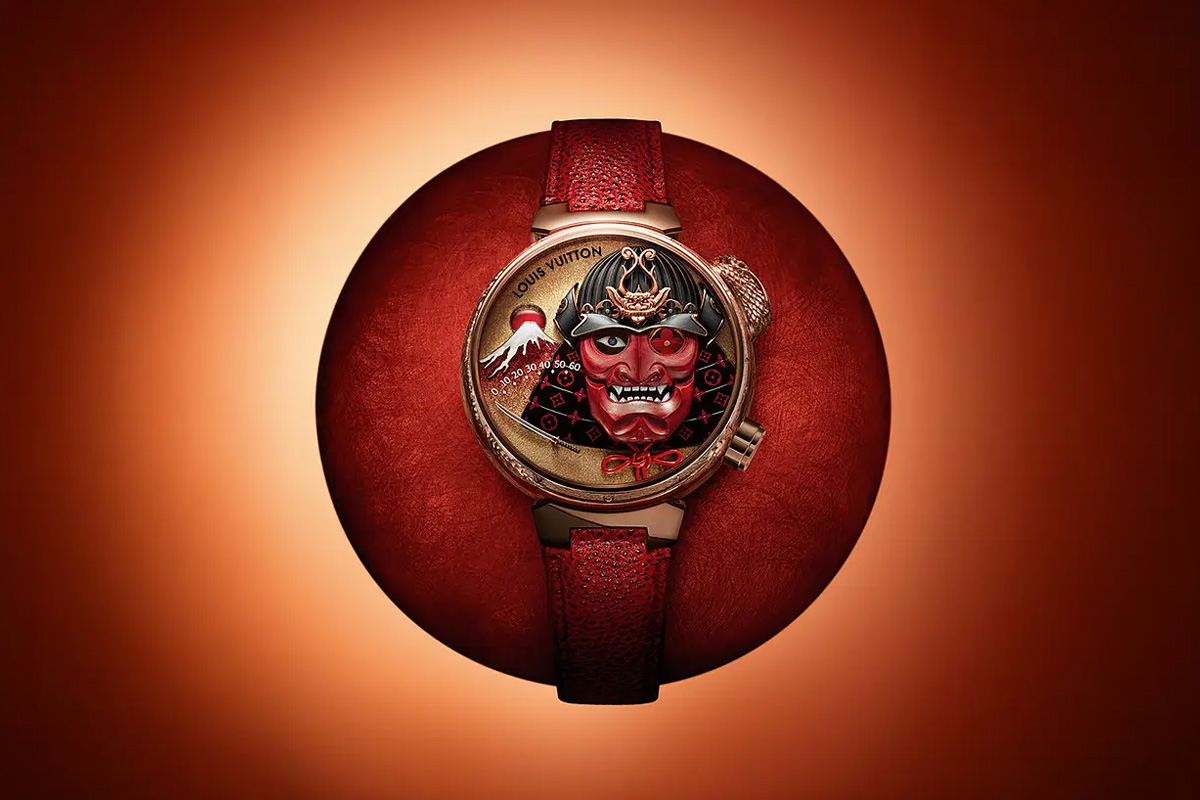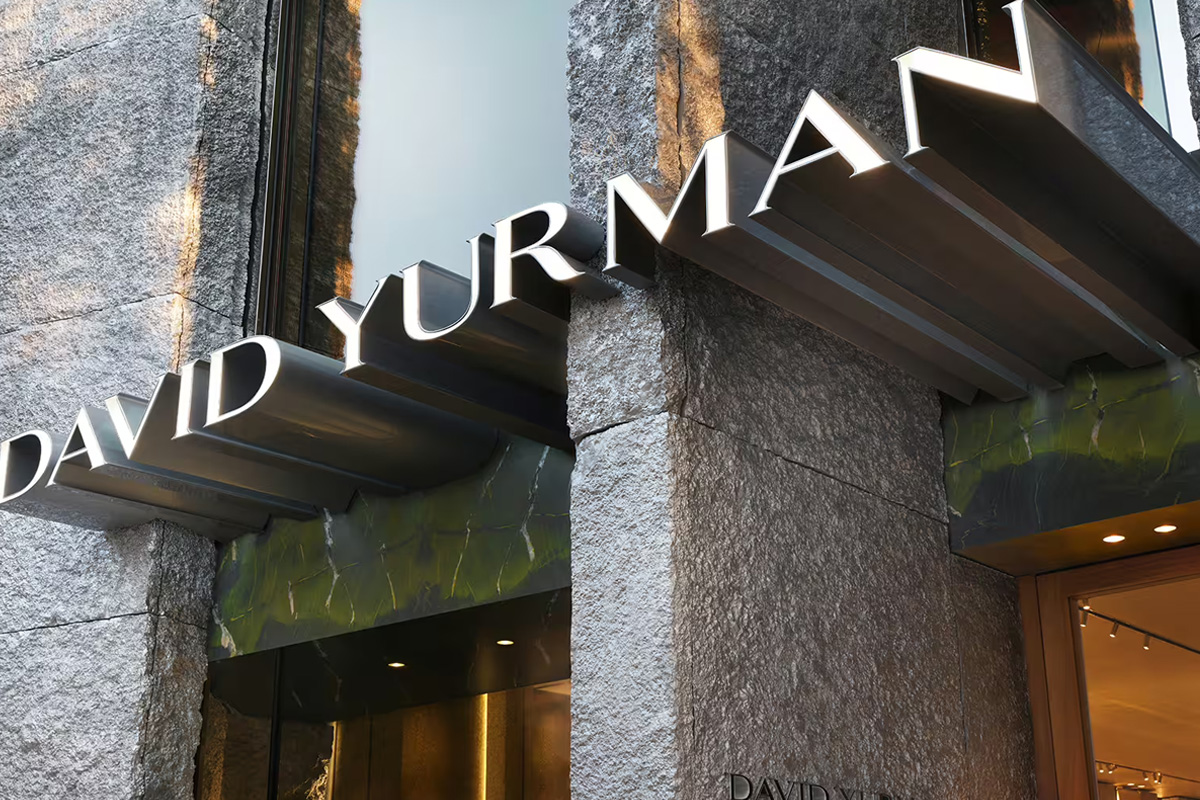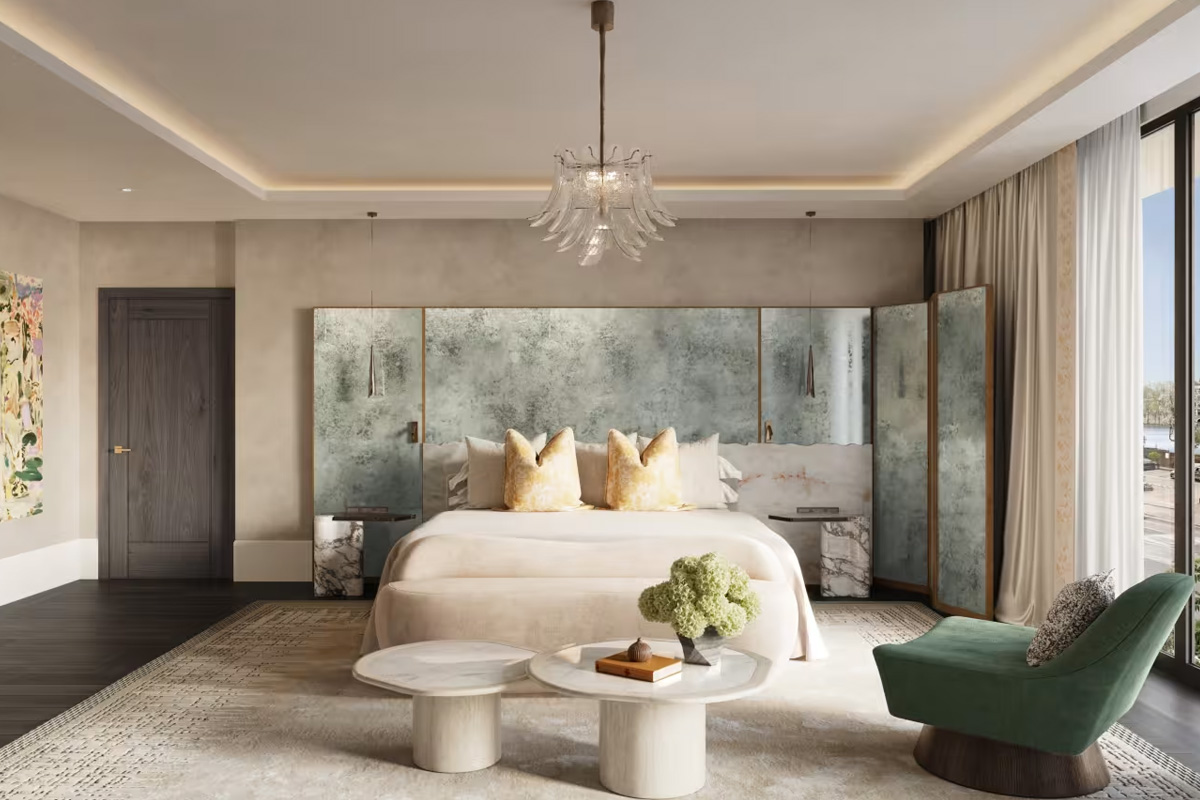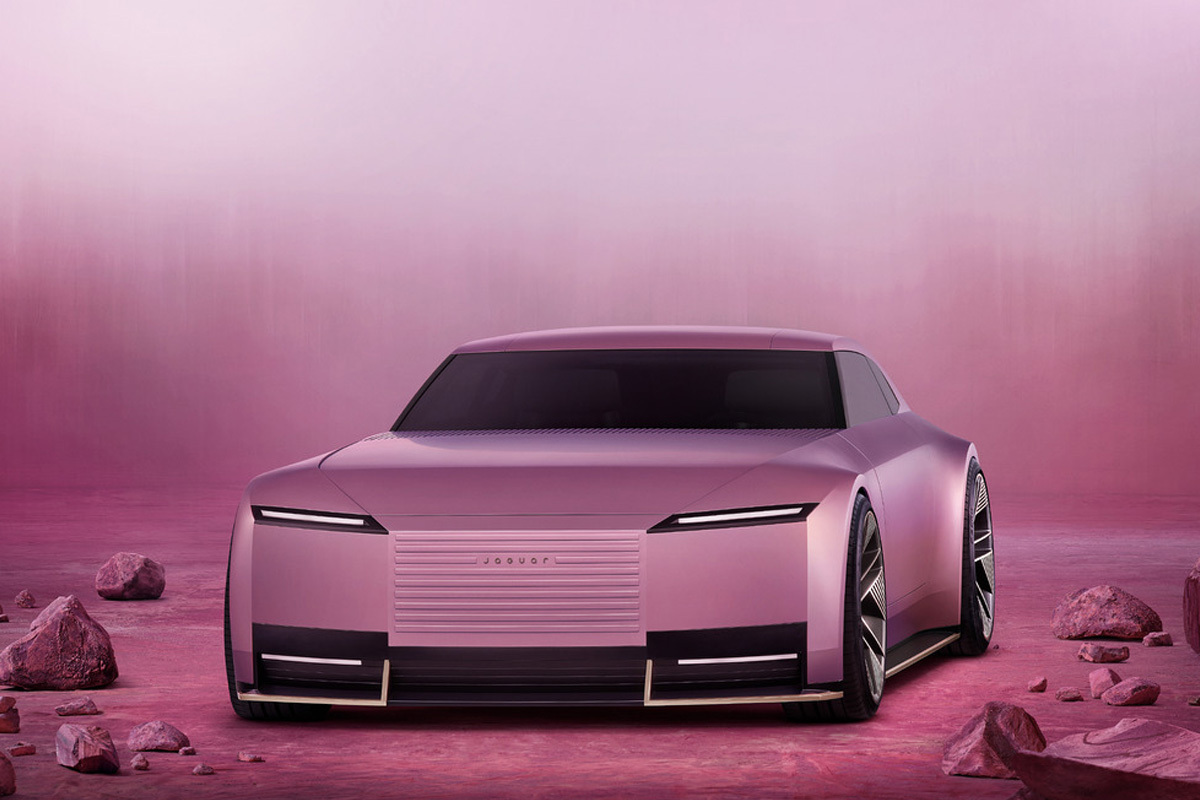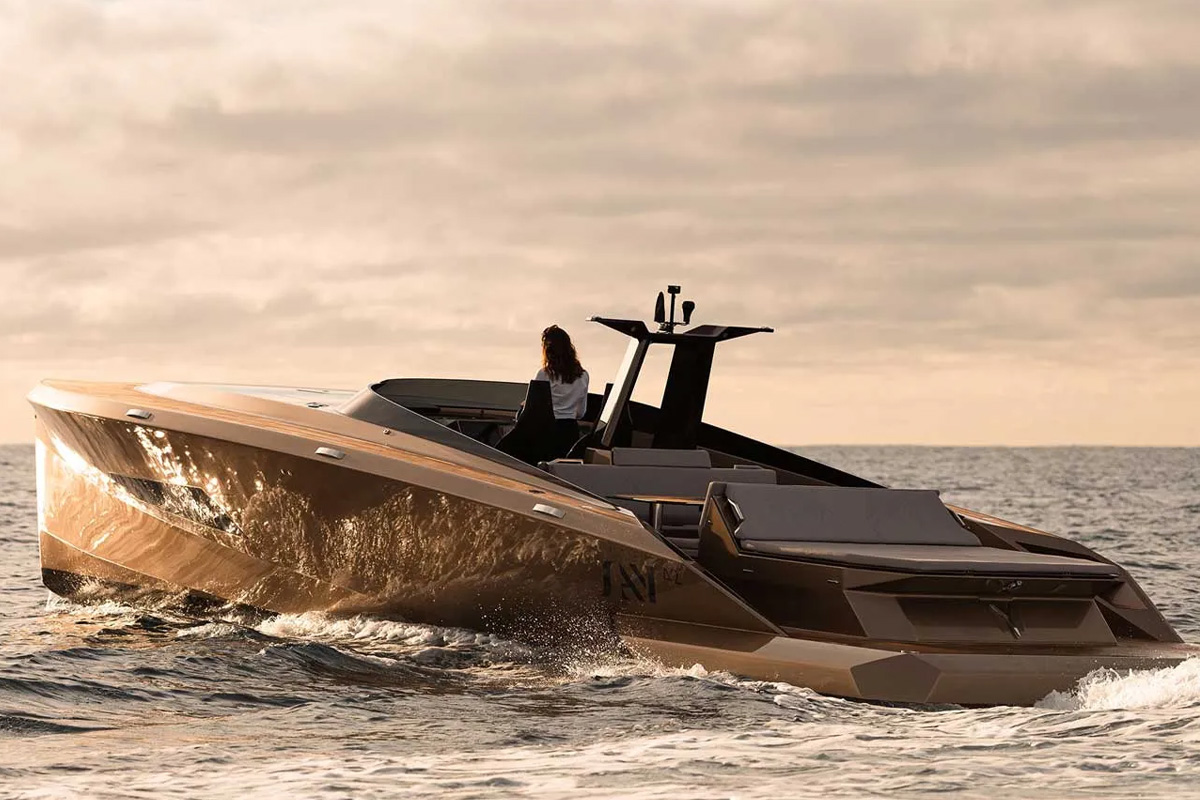The End of an Era Maria Grazia Chiuri Takes Her Final Bow as Dior Creative Director
After a radiant nine-year tenure, Maria Grazia Chiuri’s departure from Christian Dior marks the close of a chapter rich with artistry, vision, and transformation. Her farewell, delivered through the breathtaking Dior Resort 2026 show in Rome, encapsulated not just a collection, but a legacy. Poised within the architectural splendor of her birthplace, the show served as both a tribute to her Roman roots and a final curtain for her time leading Dior’s women’s collections.
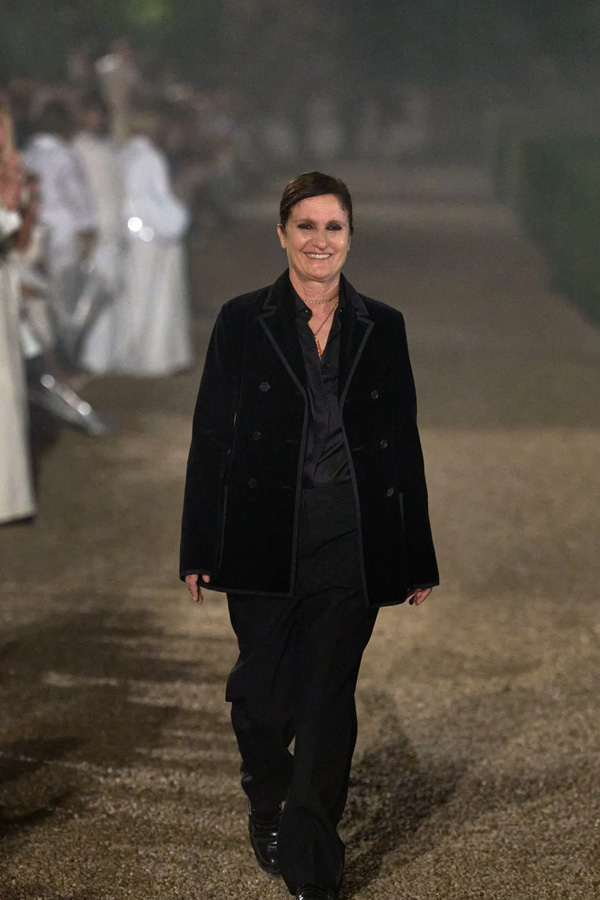
This seismic shift leaves the world of haute couture standing at a crossroads. What comes next for Dior? And, perhaps more intriguingly, where will Chiuri’s artistic compass point? For those who occupy the nexus of luxury and cultural refinement, these are not merely questions of curiosity but ones that hold resonance for the future of fashion investment, storytelling, and cultural heritage.
Redefining Tradition Drawing Feminism Into the Fabric
Maria Grazia Chiuri’s appointment as Dior’s first female creative director in 2016 was a quiet revolution. The maison, forged in 1947 as an emblem of feminine sophistication, had never before been helmed by a woman. Chiuri took this historical paradox and sculpted it into an opportunity. The result? A redefinition of Dior’s codes through a feminist lens that was both unwavering and deeply intellectual.
Her debut collection sent an immediate message. Amidst intricate gowns and tailored jackets, a single white T-shirt with block letters declared, “We Should All Be Feminists.” More than a garment, it became a manifesto. Chiuri was signaling that her Dior would not merely be a custodian of legacy but a platform for dialogue.
Through collaborations with female artists like Judy Chicago and Mickalene Thomas, Chiuri enriched Dior’s place in the cultural conversation, blending fashion with art, activism, and storytelling. Every stitch carried a narrative; every silhouette a nod to resilience and intellectual beauty. For the discerning connoisseur of luxury, her designs elevated clothing from adornment to artifact.
A Modern Renaissance Balancing Heritage and Innovation
Chiuri’s Dior was an atelier of contrasts—where archival reverence met a forward-facing ethos. Consider her revival of the iconic Saddle Bag. Once relegated to memory, the bag surged back into prominence, enchanting both loyalists and a new generation of devotees. The overarching narrative? A blend of nostalgia fused with modernity, a duality that allowed Dior to remain rooted yet relevant.
Equally notable was her exploration of Dior’s lesser-celebrated design epochs. Unveiling collections inspired by Marc Bohan’s Miss Dior line, Chiuri unearthed hidden corners of the maison’s history, turning them into something irresistibly collectible for Ultra High Net Worth Individuals (UHNWIs) drawn to legacy as cultural currency.
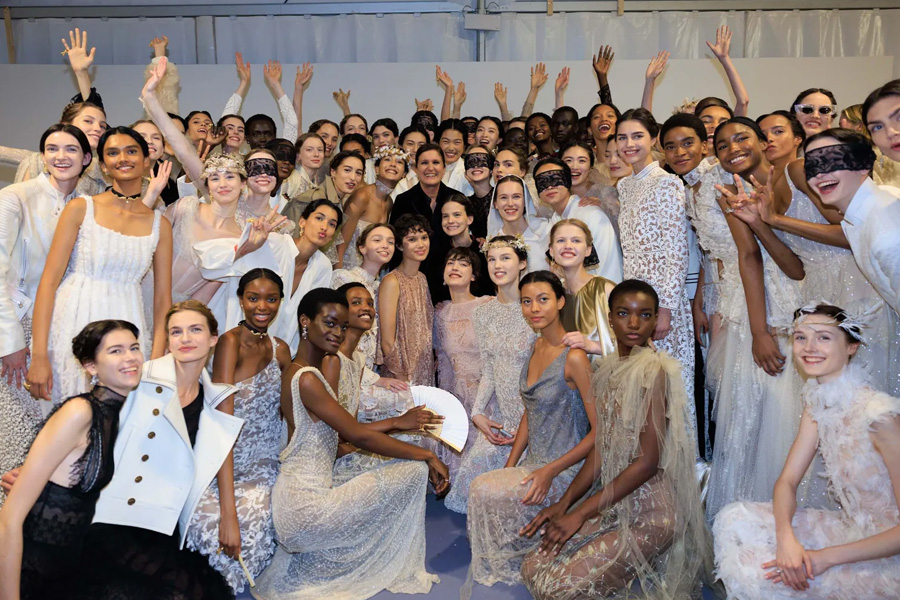
The results spoke for themselves. Under her leadership, Dior’s annual sales skyrocketed from €2.2 billion in 2017 to €9.5 billion in 2023. Even amidst the luxury market’s broader cooling in 2024, Dior finished the year with €8.7 billion in revenue, a testament to the enduring allure she helped cultivate.
Cementing Dior’s Place in the Global Pantheon
Chiuri’s influence stretched beyond stitching patterns or guiding color palettes. She sculpted Dior into a maison synonymous with experience and identity. For UHNWIs, the allure of a Chiuri-era Dior piece went beyond the fabric or craftsmanship. Each garment told a story, imbued with a cultural and ideological weight that set it apart.
For contemporary collectors seeking pieces that embody both artistry and narrative, Chiuri’s tenure represented an epoch worth preserving. Her ability to merge art, history, and commerce turned Dior into a global symbol of cultural investment, further solidifying its place within the portfolios of an elite customer base.
What Lies Ahead Speculation on Dior’s Next Chapter
Chiuri’s departure from Dior sends ripples across the haute couture landscape. With Jonathan Anderson recently named as Kim Jones’s successor for Dior Homme, speculation abounds on whether a similar bold pivot will characterize the maison’s approach to women’s wear. Will Dior steer toward a more avant-garde aesthetic, or will it double down on its mission-driven legacy?
For UHNW stakeholders, such questions carry weighty implications. Designer transitions, particularly within houses of Dior’s stature, often herald shifts in value, desirability, and investment potential. Early whispers lean toward an esoteric successor who might redefine Dior for a new era, bridging the gap between artistic experimentation and market appeal.
Maria Grazia Chiuri Beyond Dior
While speculation fuels discourse around Dior’s future, the world’s eyes also remain on Maria Grazia Chiuri’s next move. Though her next chapter remains undisclosed, Chiuri’s restoration project of Rome’s historic Teatro della Cometa offers a glimpse into her enduring passions for heritage, storytelling, and design as communal theatre.
For lovers of refinement and artisanship, the prospect of Chiuri extending her influence into spaces beyond fashion is tantalizing. Whether through architecture, design collaborations, or other creative ventures, her legacy at Dior suggests her future contributions will be nothing less than monumental.
Carrying Forward a Legacy of Impact
Maria Grazia Chiuri’s separation from Dior is not just the end of a tenure; it is the culmination of a vision that has forever altered the perception of luxury goods. Her work wove together heritage and innovation, art and commerce, individuality and universality, shaping a new generation’s approach to self-expression through haute couture, ready-to-wear, jewelry, and leather goods. For the Paris office of Christian Dior and its clientele among the one percent, this moment reflects not only client preferences and demand but also the changing dynamics of exclusivity and quality in the luxury market.
In recent years, Maria Grazia Chiuri has led Dior through a period of growth, creating collections that aligned with the values of craftsmanship, individuality, and the rise of meaningful connections between brands and their clients. From Europe to China, Singapore, and India, her focus on the essentials of style, craft, and value has secured Dior’s place as a global leader in fashion. Her tenure has proven how true art transcends material confines, proving that fashion is not necessarily just about clothes but also about life, culture, and self-expression.
As the founder’s legacy continues, Dior now faces an opportunity to honor this chapter and explore a new era. This process will likely include a focus on aligning with market growth, the evolving expectations of clients, and the rise of a new class of luxury buyers. With reports suggesting the slower but steady expansion of the haute couture and ready-to-wear sectors, the challenge will be to reflect on the exclusivity, craftsmanship, and values that have hit a chord with both first-time buyers and loyal patrons.
For Fendi, Rome, Paris, and beyond, this moment begins a period of renewal where brands like Dior explore how to continue delivering value, not just through the products they create—whether watches, jewelry, or leather goods—but through the connections they inspire. As Vogue and other industry reports log this transition, it’s clear that the business of luxury is about more than just money; it’s about shaping culture, aligning with client interests, and continuing the legacy of art as an essential part of life.
LATEST
POPULAR
